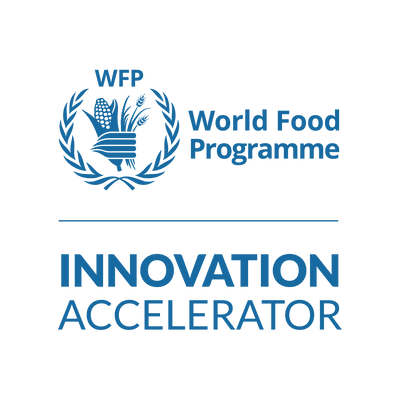As an early-stage founder, your ability to deliver value quickly is your most critical — and sometimes the only — competitive advantage over the incumbent competition.
In an era where it’s easier than ever to create something from nothing, validating (or invalidating) ideas quickly and iterating toward a solution with true potential is critical.
Having founded multiple startups across various industries, I’ve gone through this discovery process for dozens of startup ideas, potential features, and market opportunities.
To address my own need to validate these opportunities, I built an internal framework to:
• Identify notable/sizeable problems within an industry
• Define which problems are most acute and worth solving
• Create hypotheses on how we could them
• Rapidly test with prospects in the real world
Here’s the 4-step framework that I used to validate and land on my current startup Supademo, which is now used by thousands of users per month:
Step 1: Identify Notable Problems
This step is all about gathering insight into the problem. The emphasis here is on learning and gathering insights — which means being problems oriented rather than solutions-oriented.
Within this step, you want to:
• Eliminate any biases or pre-conceived solutions and focus on learning about customer pain points (+ which ones are worth focusing on).
• Compile a discovery questionnaire of non-leading questions focused on identifying problems related to what users “actually did” rather than what they “would do.”
• Avoid putting too much merit in third-party market research and instead focus on first-principles thinking.
When asking questions:
• Don’t ask if something is a pain point, and don’t propose a solution. People are often unaware of their pain or know how to articulate it in a business orientation.
• Talk to customers who did an action rather than would do an action.
Being problem-oriented prevents the anchoring effect (putting too much merit on an initial reference point) and confirmation bias (interpreting data to reinforce your opinion or solution).
Ultimately, you should walk away with a set of core customer problems via customer discovery sessions, discussions with founders/industry veterans, and indirect secondary sources.
Step 2: Define Your Focus
This step helps us define which problems are worth solving. During this time, we should filter through all of the information we gathered from the first step, assess the most critical problems, and look at similar solutions in adjacent problem spaces and opportunities.
For each step, I go through the following exercise:
Create a March Madness Bracket
First, queue up all the potential problems you’ve identified and indiscriminately list them. Focus on quantity over quality for this step.
Second, pick the initial 8–16 problems worth exploring (you can do this multiple times).
Next, for each problem, list out:
• How is the customer solving the problem today? If they haven’t tried to rectify the pain point themselves (whether through workarounds or existing alternatives), the problem may not be pronounced or painful enough.
• How does the problem make them feel? The net benefit is often how our solution makes them feel (i.e., employee empowerment, increased trust, reduced risk, better relationship) rather than conventional value-add assumptions like time savings.
• How often did this problem come up? This can help you assess the breadth of the problem within a specific industry or user base.
• How big is the market? Is it growing? Think about emerging markets. Often, a mediocre idea in a great market will have higher odds of success vs. a good idea in a bad market.
Assign a weight to each factor to “pit ideas against each other” until one champion rises to the top. This problem should be your focus for the next step.
But remember, this process can be run multiple times as you validate and invalidate ideas!
Step 3: Develop Your Hypothesis
For the problem you’ve honed in on, write down a series of challenges or questions that could be detrimental to achieving your goals.
For instance, imagine if we travel to the future and our project fails. What may have caused that?
Examples include:
• Target customer: are these folks easy to find? Easy to sell to? Startups are way easier to sell to (early adopters) vs. legacy industries (laggards, non-tech-adept).
• Distribution: what existing networks can we latch onto for easier distribution (i.e., Shopify app store)? Is there a platform risk to leveraging one partner?.
• Do we have the skillset, experience, or competency to pursue this idea? Are there regulatory or skillset gaps?.
With these potential pitfalls in mind, start building hypotheses around potential solutions, target customers, or distribution channels.
Once you have a clear vision of what your product looks like, crystallize your hypotheses into a tactical, time-bound experiment (which is the next step).
Step 4: Deliver Your Solution
Now that we have an indication of what the potential solution could look like, we can:
• Build out potential low-fidelity solutions and proposals to key problems.
• Hone in on any additional discovery questions or interviews needed to further build knowledge depth within the singular problem.
• Evaluate which audiences or distribution channels best resonate with the solution.
Ultimately, your goal is to secure a design partner or revenue commitments from customers.
You’re building a business to make money, so it’s paramount that validation is tied to the commitment of $ or time invested — not on a facade of hypotheticals.





